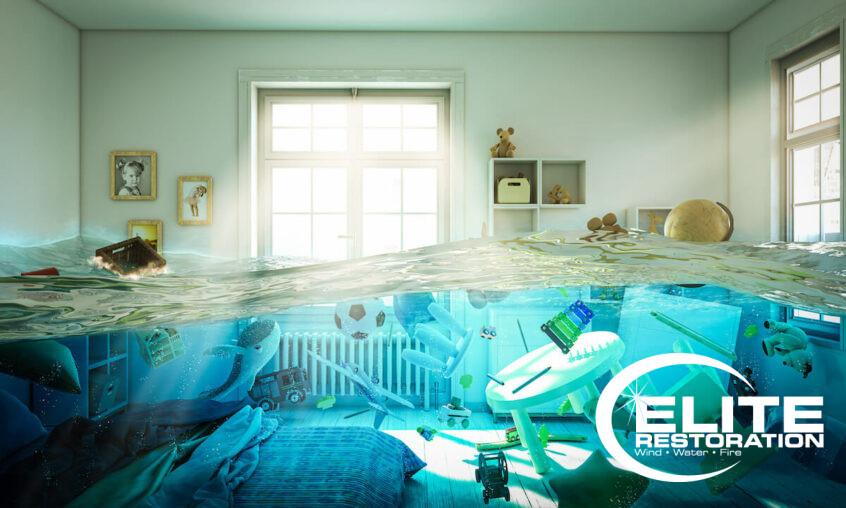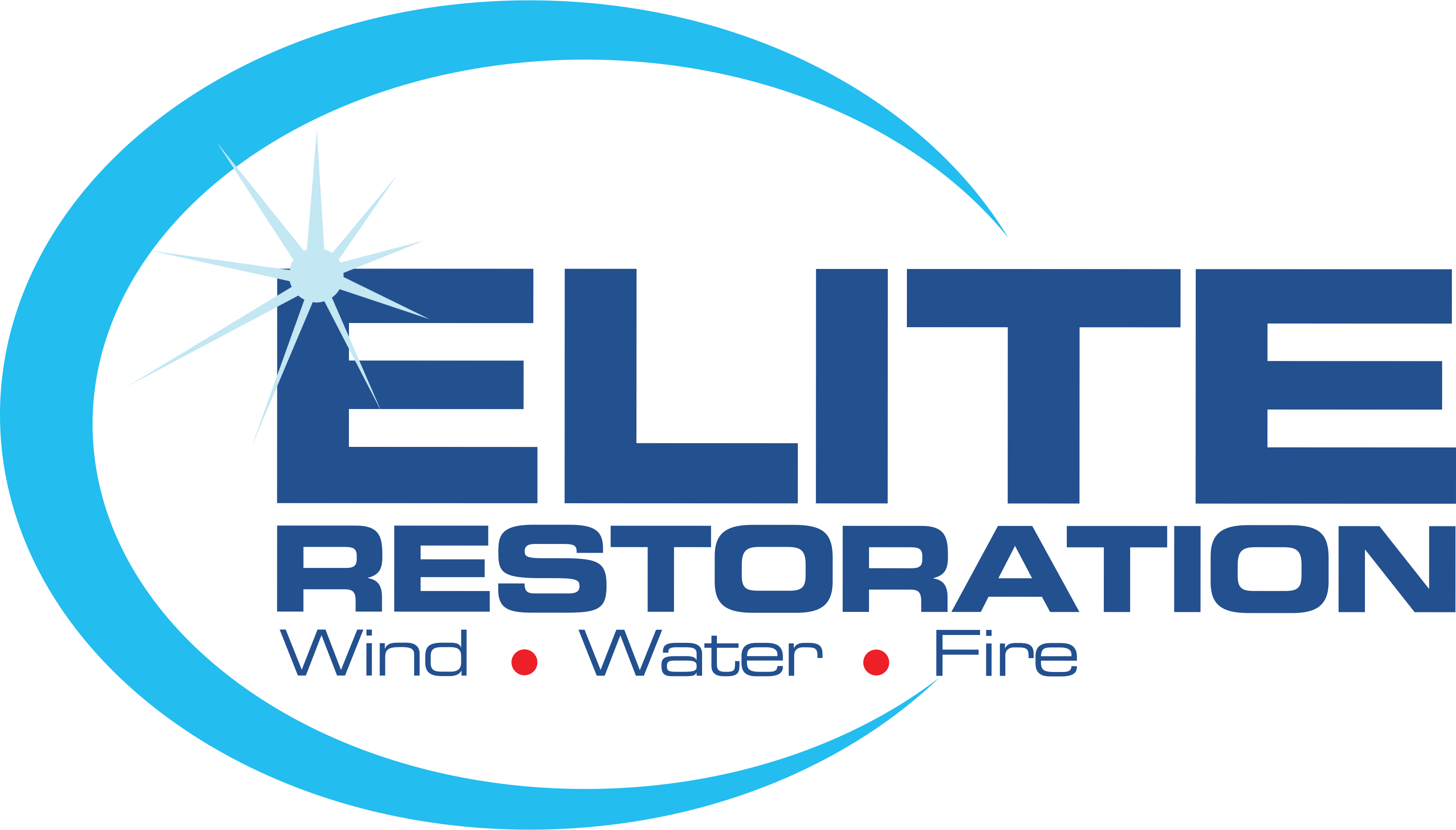How Long Does Water Damage Restoration Take?

Water damage is a common yet severe issue that can wreak havoc on homes and buildings. From burst pipes and leaky roofs to natural disasters like floods, water damage can lead to significant structural problems, health risks due to mold growth, and costly repairs if not addressed promptly. Understanding the timeline for water damage restoration is crucial for homeowners and property managers to effectively plan and manage the recovery process.
The duration of water damage restoration can vary widely based on several factors. These include the type and extent of the damage, the speed of the response, and the methods used for drying and repairing the affected areas. This guide aims to provide a comprehensive overview of the water damage restoration process, highlighting the key steps involved and the timeframes associated with each stage. Whether you are dealing with a minor leak or extensive flood damage, knowing what to expect can help you make informed decisions that can speed-up the restoration process.
Understanding Water Damage
Water damage can be categorized into three main types: clean water, gray water, and black water, each impacting the restoration timeline differently.
Clean Water: This type originates from sources like broken pipes, overflow from sinks, or rainwater. Clean water is relatively less hazardous and easier to handle, typically taking less time to restore. However, if not addressed promptly, clean water can deteriorate into gray or black water, complicating the restoration process.
Gray Water: Gray water is slightly contaminated and comes from sources like washing machines, dishwashers, or toilet overflows (without feces). It contains bacteria and other microorganisms that can cause illness. Restoration involving gray water is more complex and time-consuming due to the need for thorough cleaning and disinfection.
Black Water: The most severe type, black water, contains harmful pathogens and comes from sources like sewage backups, floodwater, or any water containing fecal matter. This type of damage requires extensive cleaning, disinfection, and often, removal of affected materials. The restoration process for black water is the longest due to the health risks and the need for complete decontamination.
The extent of the damage also plays a crucial role. Minor water damage affecting a small area can be addressed quickly, often within a few days. In contrast, extensive damage affecting large areas or multiple rooms can take weeks or even months to fully restore. Additionally, hidden damage behind walls or under floors can prolong the process as it requires more invasive inspection and repair.
Assessing Water Damage
The first step in the water damage restoration process is the initial assessment and mitigation. This phase is critical for understanding the extent of the damage and preventing further deterioration.
Initial Assessment: Professionals start with a thorough inspection of the affected areas. This involves checking for visible damage, assessing moisture levels using specialized equipment, and identifying the source of the water. The assessment helps determine the type of water involved (clean, gray, or black) and the extent of the damage, which is crucial for planning the restoration process. This step typically takes a few hours to a day, depending on the size of the property and the severity of the damage.
Mitigation: Once the assessment is complete, the next step is mitigation. This involves taking immediate actions to prevent further damage and reduce the impact of the water. Key mitigation steps include:
- Water Removal: Using pumps and vacuums to remove standing water. This process can take several hours to a few days, depending on the volume of water.
- Securing the Area: Ensuring the safety of the property by shutting off electricity, gas, and water supply, if necessary. This is a quick but crucial step.
- Initial Drying: Setting up industrial-grade fans and dehumidifiers to start the drying process. Initial drying helps to minimize further water damage and mold growth.
Mitigation is a critical phase that can significantly affect the overall timeline of restoration. Prompt and effective mitigation can prevent additional damage, reduce costs, and shorten the time needed for complete restoration.
How to Dry Water Damage?
After the initial assessment and mitigation, the next crucial step in the water damage restoration process is drying and dehumidification. This phase ensures that all moisture is removed from the affected areas to prevent mold growth and further structural damage.
Drying: Industrial-grade air movers and fans are used to increase airflow and promote evaporation. These machines are strategically placed around the affected area to ensure even and thorough drying. Depending on the extent of the water damage, this process can take anywhere from a few days to a week. For large properties or severe damage, multiple drying machines may be necessary, which can extend the drying time.
Dehumidification: Dehumidifiers are essential for removing moisture from the air and speeding up the drying process. These devices extract excess humidity, preventing mold and mildew growth. The duration for dehumidification depends on the indoor humidity levels and the amount of water absorbed by building materials like drywall, wood, and carpets. In typical cases, dehumidification can take several days to a week, similar to the drying process.
Monitoring: Throughout the drying and dehumidification phase, professionals regularly monitor the progress using moisture meters and thermal imaging cameras. This ensures that all areas, including hidden spaces like behind walls and under floors, are adequately dried. Continuous monitoring helps to adjust the equipment as needed for optimal drying efficiency.
The combined efforts of drying and dehumidification are crucial for a successful water damage restoration. Thoroughly drying the property prevents long-term issues like mold infestations and structural damage, making this phase a pivotal part of the overall restoration timeline.
Repair and Restoration
The final phase in the water damage restoration process is the repair and restoration stage. This phase involves repairing any structural damage and restoring the property to its pre-damage condition.
Repairs: Depending on the extent of the water damage, repairs can range from minor fixes to major construction work. Minor repairs may include replacing drywall, fixing leaks, and repainting affected areas. These tasks typically take a few days to a week. For more extensive damage, such as structural repairs to floors, ceilings, or foundations, the process can take several weeks. Additionally, any mold remediation required due to prolonged exposure to moisture will add to the timeline.
Restoration: Restoration goes beyond basic repairs to ensure the property looks and functions as it did before the damage occurred. This can involve:
- Replacing Flooring: Installing new carpets, tiles, or hardwood floors if the originals were damaged.
- Cabinet and Fixture Replacement: Repairing or replacing kitchen and bathroom cabinets, sinks, and other fixtures.
- Painting and Finishing: Repainting walls and ceilings, and applying new finishes to woodwork and other surfaces.
Customization: Sometimes, property owners take this opportunity to upgrade certain aspects of their property. While this can enhance the value and appeal of the home, it may also extend the restoration timeline. Customizations, such as adding new features or redesigning affected areas, should be factored into the overall schedule.
The repair and restoration phase is critical for returning the property to a habitable state. While the timeline can vary based on the severity of the damage and the extent of the repairs needed, having a clear plan and working with experienced professionals can ensure a smooth and efficient restoration process.
Choose Elite Restoration
Section 8: Conclusion (150 words)
Water damage restoration is a critical process that requires timely and effective action to prevent long-term damage and health risks. The duration of the restoration process varies widely based on factors such as the type and extent of the damage, the speed of response, and whether professionals or DIY methods are employed.
For extensive damage, professional restoration services are highly recommended to ensure thorough and safe remediation. While minor damages can sometimes be managed independently, the expertise and equipment that professionals bring to the table often result in a faster and more comprehensive recovery.
To ensure the best results and peace of mind, consider hiring Elite Restoration. Their experienced team and state-of-the-art equipment can handle any water damage situation efficiently and effectively, restoring your property to its original condition as quickly as possible.

